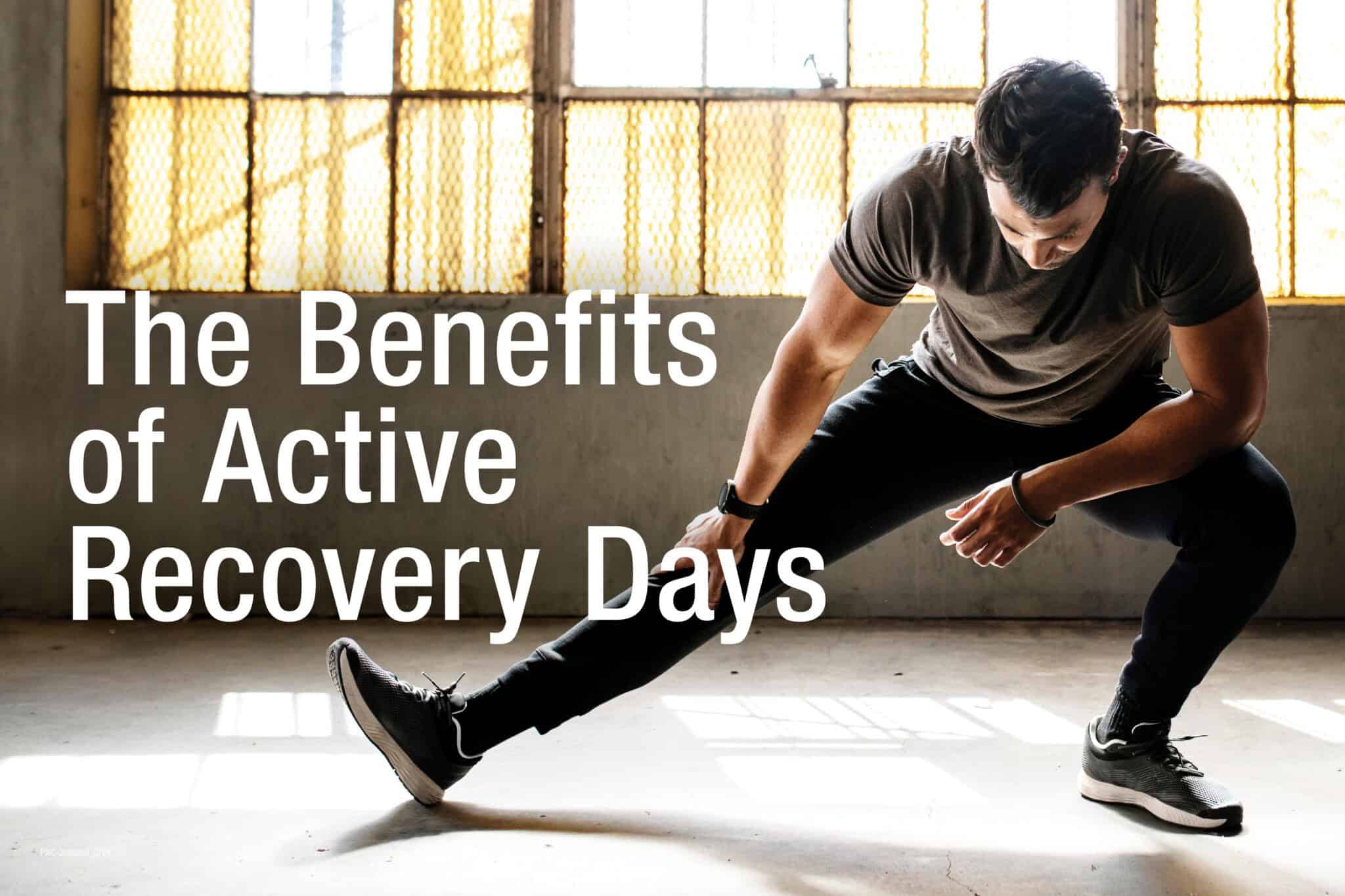So you’re ready to hit the ground running, literally. Before you do, there are a few things you should check to make sure your risk for injury is as low as it can be.
When talking about running form, a question always arises: “Should I land on my heel or my forefoot?” While there are arguments to support both sides from an injury prevention perspective, more of the attention should be placed on where you are landing. The distance between your center of gravity and where your foot contacts the ground might be what is hurting your running economy.
(Check our youtube page for more running-related content)
If that distance is too far, then your body has to work harder to attenuate the ground impact forces across multiple joints of your body including your ankles, knees, and hips. After some time and a couple of miles, this can certainly lead to running-related injuries. Even though running seems like a simple and innate motion, there are always ways to make it more efficient in order to decrease the rate of running-related injuries and improve running performance!

One of the main ways is by performing a running analysis where video footage is recorded from multiple angles of a person running on a treadmill. A running specialist then analyzes those clips with slow-motion video, and by drawing vectors and lines to determine how the person’s running form can be optimized. From there, form suggestions and cues are given. Combining these cues with prescribed therapeutic exercises we help decrease the risk of running-related injuries and improve the running economy.
Getting a running analysis done by a qualified professional is the gold standard to determine your readiness to run. However, you could also do a few simple tests on your own.
Here are our suggestions for doing your own running analysis
Ankle Dorsiflexion
Ankle dorsiflexion is the ability to raise your forefoot from the ankle joint. From footstrike to midstance during running, your foot goes through an average of 15 degrees of dorsiflexion. Without sufficient dorsiflexion range of motion, one might demonstrate decreased stance time and excessive flexion at other joints while running.

Sit on a chair with your knees bent to 90 degrees and your feet flat on the ground. Keeping your feet flat on the ground, scoot forward in the chair until your knees are directly over your toes (Photo 1). If you are unable to keep your heels down in this position (Photo 2), you have insufficient ankle dorsiflexion.

Hip Flexor Mobility
The “hip flexor” comprises two muscles, the iliacus and Psoas, joining the spine/pelvis to the femur. Since the job of these muscles is to flex your hip, their tightness will result in limited hip extension. This could result in overstriding or excessive pelvic rotation.

Sit with your butt at the very edge of your bed. Hug one leg as you lie on your back, allowing one to hang off the edge. If the knee of your hanging leg is higher than your hip (Photo 2), your hip flexors limit your hip extension. Repeat with the other leg to determine symmetry.

Glute Strength
Consider your Glutes as the powerhouse of your running. They are a massive muscle group and should be used to propel you forward. Unfortunately,, many runners have weak glutes due to faulty movement patterns or insufficient hip extension range of motion, forcing them to rely on other, smaller muscles to move forward.

Lie on your back with your knees bent and feet flat on the ground. Place a pen across your pelvis. Kick one knee straight so that only one foot touches the floor. Try to lift your hips off the floor with one leg without allowing the pen to slide off (Photo 1). If the pen slides off (Photo 2), you feel back pain, or you cannot lift yourself off the ground; you have inadequate glute strength.
Dynamic Hip Stability
Adequate hip stability is necessary to absorb shock and propel you forward safely. Consider running a series of repetitive single-leg hops. With approximately 1000 footstrikes per mile of running, that is a lot of single-leg hops. Inefficient hip stability could result in the inward collapse of the leg, causing forces to be distributed in a way that puts you at risk for injury.
Stand on one leg and hop in place 15 times. You should be able to do so without the collapse of your ankle and knee, an excessive drop of your pelvis, or a loss of balance. If you experience any of the above, your hips are likely not strong enough to stabilize you through a run.
Dynamic Core Stability
Your core is responsible for holding your body together with every step. Your core stability must be adequate to maintain your spinal and pelvic alignment with every foot strike and push-off. Inadequate core stability could result in an abnormal arm swing, excessive pelvic movement, and a posterior trunk lean.
Start on your hands and knees with something balancing on your lower back, and simultaneously reach your right arm and left leg away from you. Repeat with opposite sides. You should experience minimal spine movement, resulting in the ability to keep an item on your back without it falling off. If you cannot balance something on your back or remove your arm and leg from the ground simultaneously, you likely do not have the appropriate core stability required to run.
If you have failed any of these tests or have any other questions about running, our Doctors of Physical Therapy are ready to help! Click here to schedule your 60-minute evaluation or email info@fitclubny.com!


